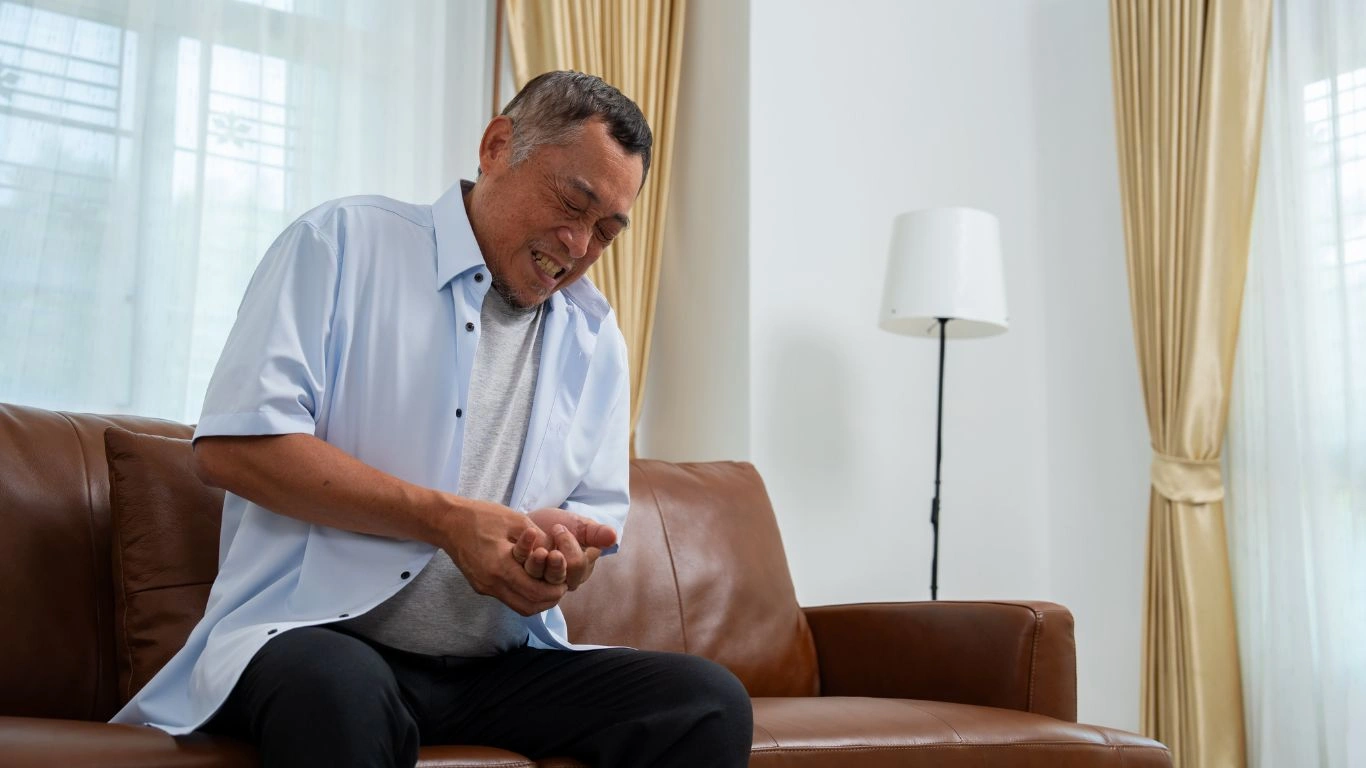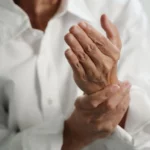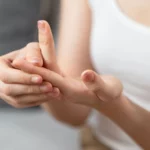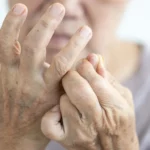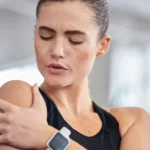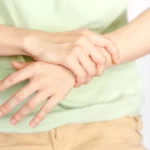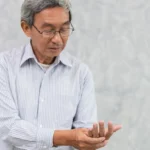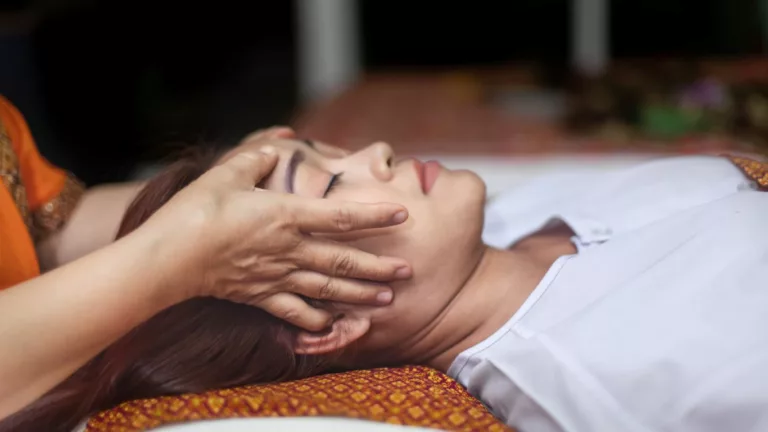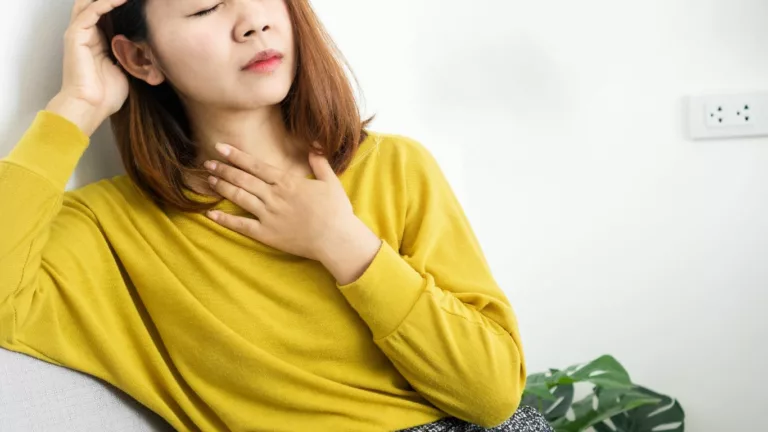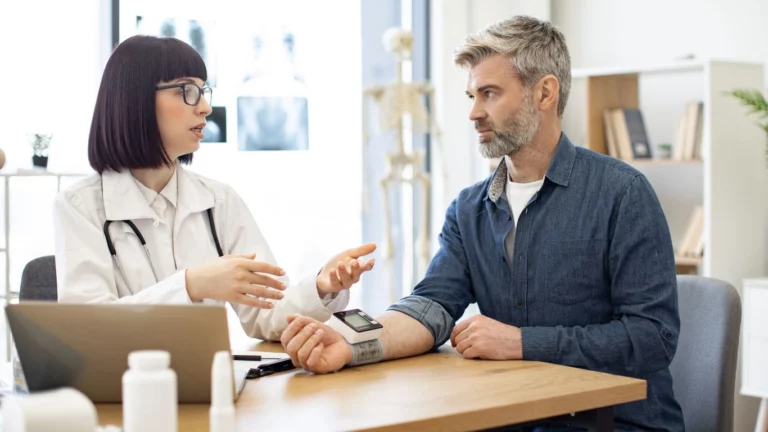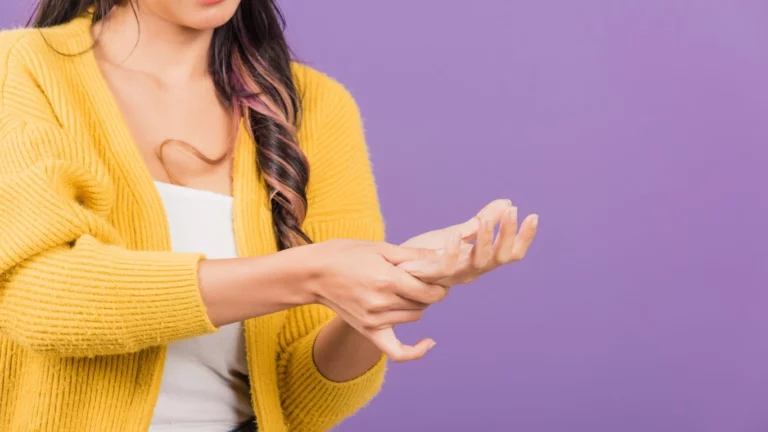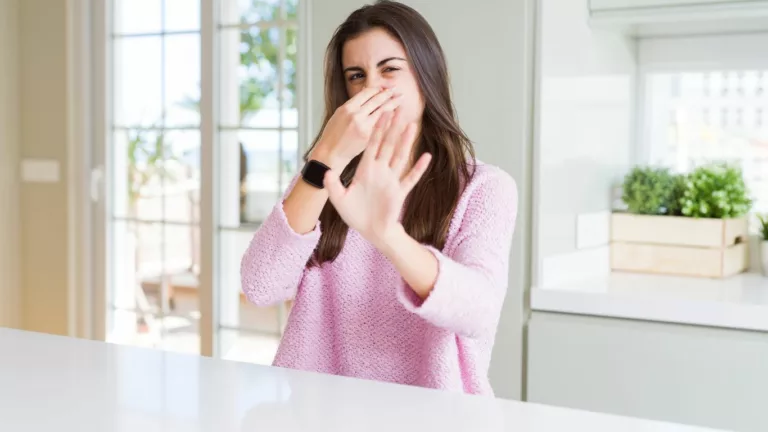Yoga for Rheumatoid Arthritis Relief: A Complete Guide to Finding Relief Through Yoga
Are you dealing with the chronic pain and stiffness of rheumatoid arthritis (RA)? Yoga might just be the relief you’ve been searching for! If you’re curious about how yoga can help manage the symptoms of RA, keep reading. We’re diving into the ways yoga can ease your pain, boost flexibility, and help you move more freely.
Living with rheumatoid arthritis (RA) can be challenging, especially when it comes to managing pain, stiffness, and reduced mobility. But the good news is, yoga can be a game-changer for those with RA, offering a natural and holistic way to reduce inflammation, improve flexibility, and enhance overall quality of life. Whether you’re new to yoga or already practicing, you can find specific movements and techniques that help manage your symptoms.
In this guide, we’ll explore how yoga helps with rheumatoid arthritis, the best poses for pain relief, and tips on how to safely integrate yoga into your daily routine. Let’s get into it!
How Yoga Helps with Rheumatoid Arthritis
Yoga isn’t just about flexibility—it’s about balance, breathwork, and mindfulness. For people with rheumatoid arthritis, yoga offers several key benefits:
- Pain Reduction – Yoga helps reduce inflammation, a major contributor to joint pain in RA. Gentle movements can help lubricate your joints and improve circulation, which leads to less stiffness and discomfort.
- Increased Flexibility – RA can cause your joints to become stiff over time. Yoga stretches gently lengthen your muscles and improve joint mobility, allowing you to maintain flexibility and reduce the impact of stiffness.
- Stress Relief – Chronic pain and limited mobility can lead to stress, anxiety, and depression. Yoga is a great way to release tension, calm your mind, and promote relaxation, helping you feel better emotionally as well as physically.
- Better Strength and Balance – RA can weaken the muscles surrounding your joints. Many yoga poses focus on building strength, particularly in the legs, core, and back. Increased strength helps support your joints and reduces the risk of injury.
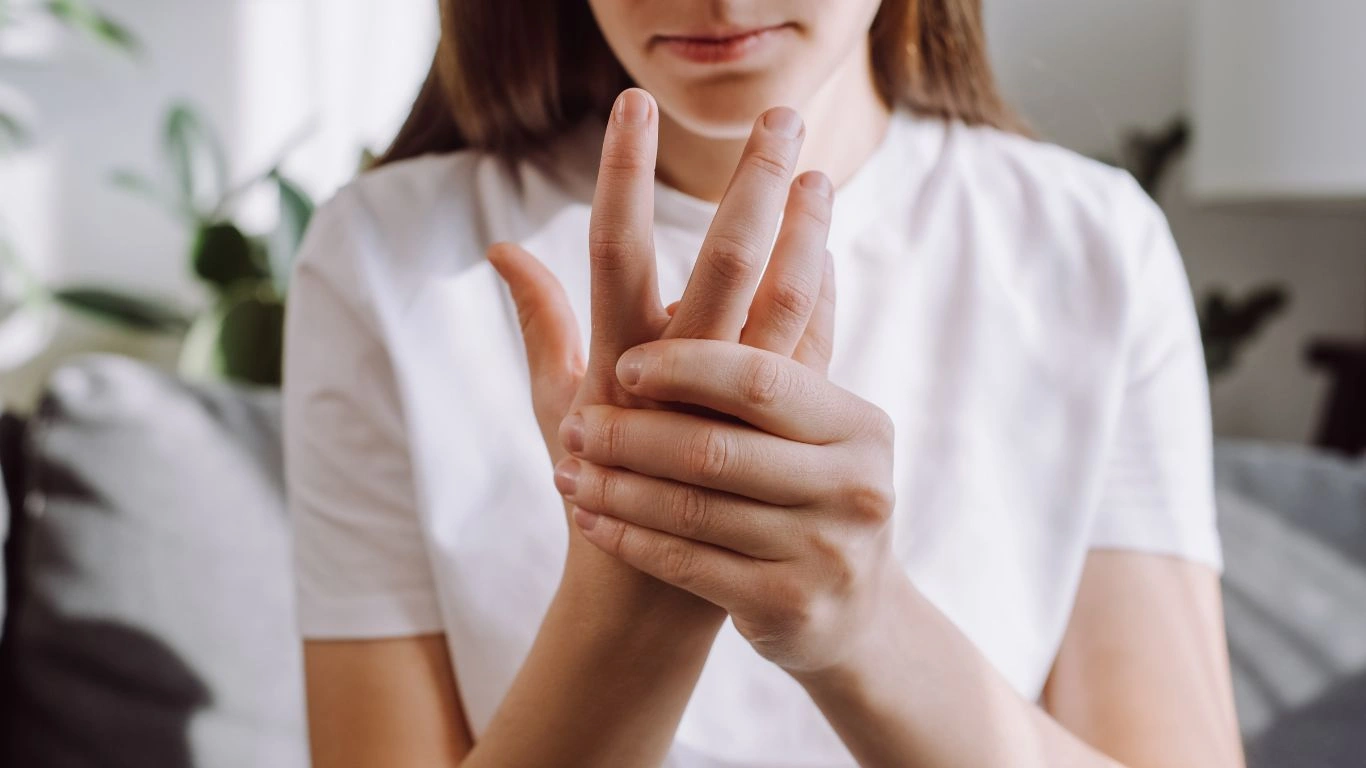
Best Yoga Poses for Rheumatoid Arthritis Relief
Yoga is not a one-size-fits-all solution, and it’s important to practice poses that work best for your body and limitations. Below are some of the top yoga poses to help with rheumatoid arthritis relief:
1. Cat-Cow Pose (Marjaryasana-Bitilasana)
This gentle flow between two poses helps improve spine flexibility and relieves tension in the back, shoulders, and neck. It’s a great way to start your yoga routine and can be modified to accommodate your range of motion.
How to do it:
- Start on all fours with your wrists aligned under your shoulders and knees under your hips.
- Inhale as you arch your back (cow pose), lifting your chest and tailbone toward the ceiling.
- Exhale as you round your back (cat pose), tucking your chin to your chest and drawing your belly button toward your spine.
- Repeat for several breaths.
2. Downward Dog (Adho Mukha Svanasana)
Downward dog helps stretch the hamstrings, calves, and spine while building strength in the arms and legs. If this pose is too intense, you can modify it by bending your knees or using a prop to support your hands.
How to do it:
- Start on your hands and knees with your wrists aligned under your shoulders and knees under your hips.
- Lift your hips toward the ceiling, straightening your arms and legs. Keep a slight bend in your knees if needed.
- Hold for a few breaths and then gently lower back down.
3. Child’s Pose (Balasana)
Child’s pose is a great resting pose that gently stretches the lower back, hips, and thighs. It also helps calm the nervous system, making it perfect for those who need to relax after a more active pose.
How to do it:
- Start on your hands and knees, then slowly sit back onto your heels, lowering your chest toward the floor.
- Extend your arms forward, or place them by your sides.
- Hold for several breaths, focusing on relaxation.
4. Seated Forward Bend (Paschimottanasana)
This seated stretch helps lengthen the spine and hamstrings. It can be especially helpful for those with RA who experience tightness in the lower back and legs.
How to do it:
- Sit on the floor with your legs extended straight in front of you.
- Inhale and lengthen your spine, then exhale as you hinge at the hips, reaching your hands toward your feet.
- Hold the position for several breaths, only going as far as is comfortable for your body.

5. Warrior II Pose (Virabhadrasana II)
Warrior II is an excellent pose for building strength in the legs, improving balance, and increasing flexibility in the hips and shoulders. This pose can be modified by lowering the height of your arms or bending the front knee slightly more if needed.
How to do it:
- Start standing with your legs wide apart. Turn your right foot out 90 degrees and bend your right knee, keeping it aligned over your ankle.
- Extend your arms out to the sides, palms facing down.
- Hold the position for several breaths, then repeat on the other side.
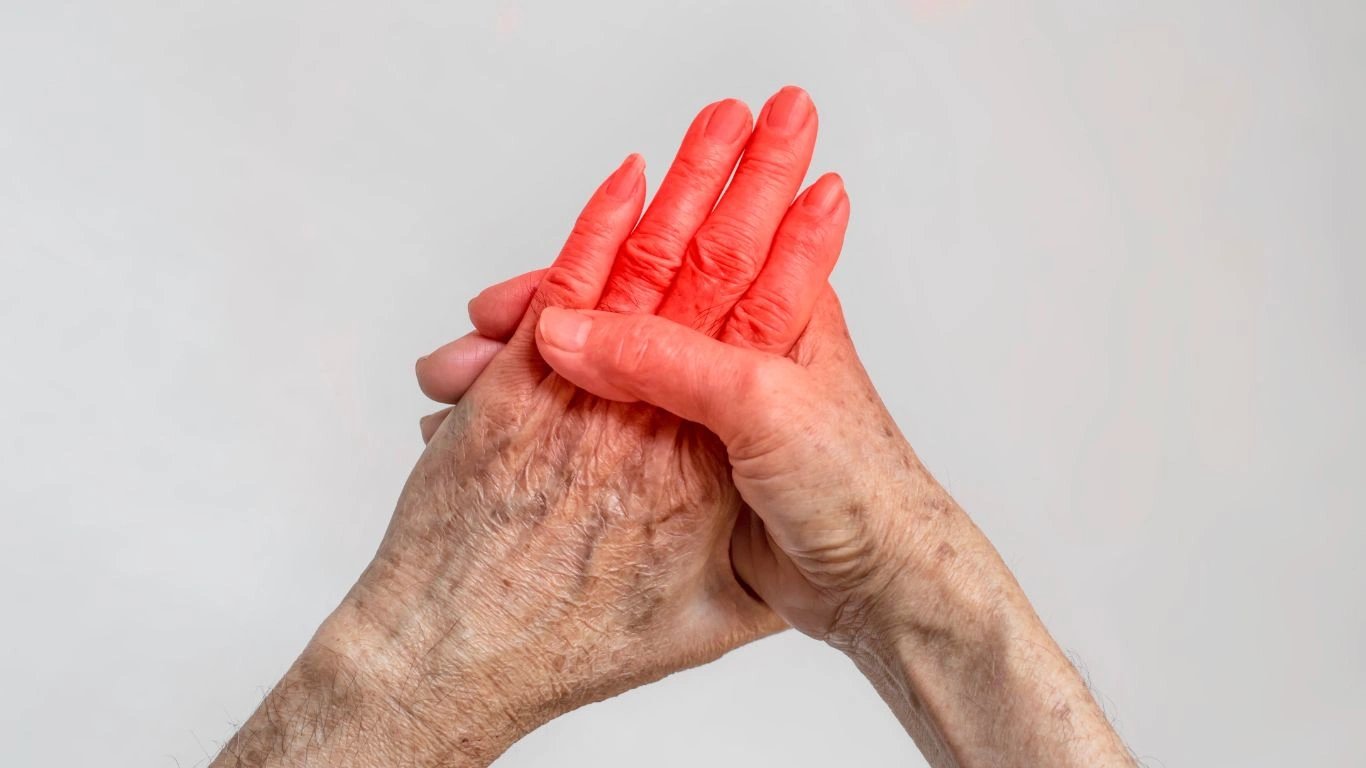
Tips for Practicing Yoga with Rheumatoid Arthritis
Yoga can be incredibly beneficial, but it’s important to practice safely, especially when living with a condition like rheumatoid arthritis. Here are some tips to get the most out of your yoga practice:
1. Start Slow and Listen to Your Body
It’s important to pace yourself, especially if you’re new to yoga. Don’t push yourself into poses that cause pain or discomfort. Start with gentle stretches and gradually increase the intensity as your body allows.
2. Focus on Breathwork
Yoga is as much about your breath as it is about movement. Pay attention to your breathing and use it to guide your practice. Deep, steady breaths help reduce tension and keep you relaxed throughout your practice.
3. Modify Poses to Fit Your Needs
You don’t have to do every pose perfectly. Use props like blocks, straps, or cushions to help make poses more accessible. If something doesn’t feel right, modify it or skip it.
4. Practice Regularly
Consistency is key when it comes to managing RA symptoms with yoga. Aim to practice a few times a week, even if it’s just for a few minutes each session. Over time, you’ll notice improved flexibility, strength, and relief from pain.
Conclusion
Yoga offers a holistic approach to managing rheumatoid arthritis and can help ease joint pain, improve flexibility, and reduce stress. By incorporating gentle poses into your daily routine, you can improve your quality of life and find relief from the symptoms of RA. As always, be sure to consult with your healthcare provider before beginning any new exercise routine to ensure it’s safe for your specific needs.
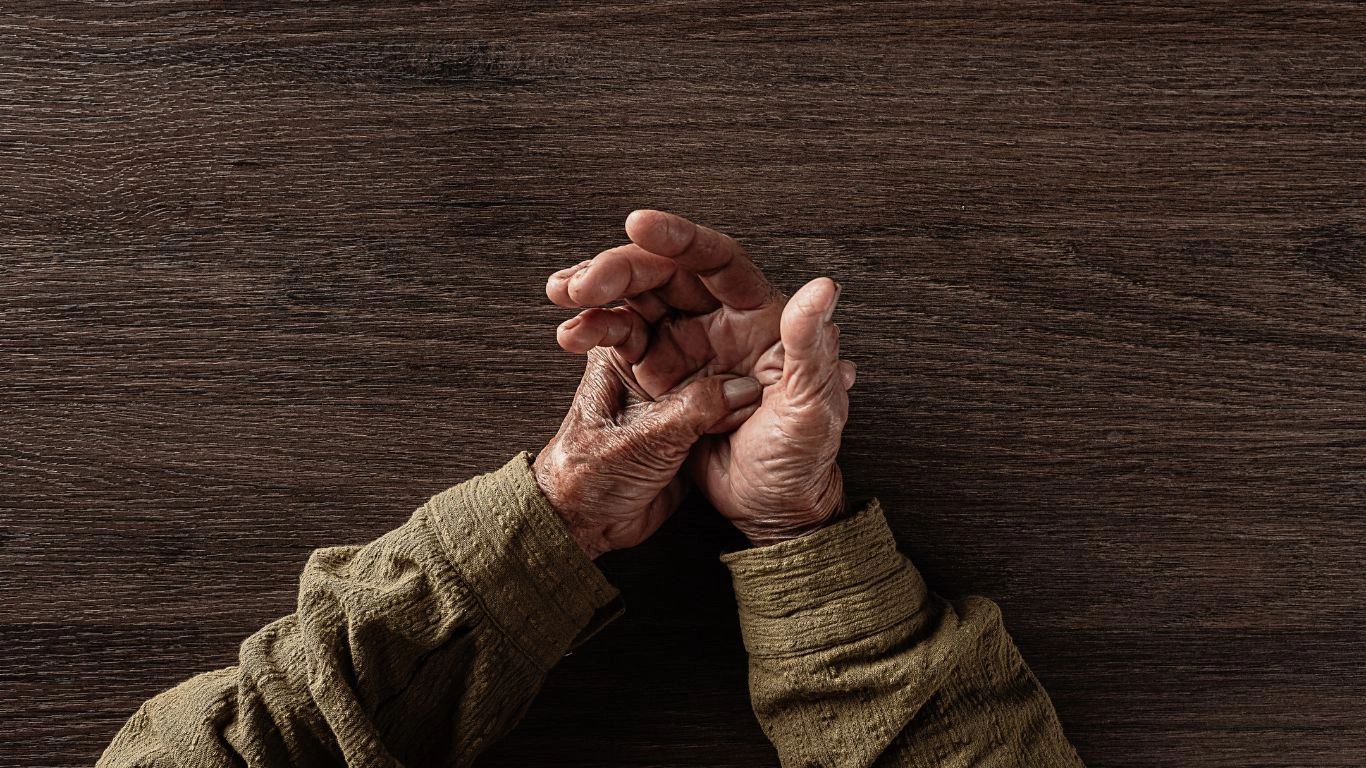
Appendices
References
- National Institute of Arthritis and Musculoskeletal and Skin Diseases (NIAMS). (2023). Rheumatoid Arthritis. Read Article
- American College of Rheumatology. (2024). Exercise and Rheumatoid Arthritis. Read Article
- Yoga Journal. (2022). The Benefits of Yoga for Arthritis. Read Article
FAQs
- Can yoga help with rheumatoid arthritis pain? Yes! Yoga helps reduce pain and inflammation in the joints by improving flexibility, building strength, and promoting relaxation.
- What are the best yoga poses for rheumatoid arthritis? Gentle stretches such as cat-cow, child’s pose, and seated forward bend can help improve flexibility and relieve stiffness.
- Is yoga safe for people with rheumatoid arthritis? Yes, but it’s important to start slow and listen to your body. Avoid overexerting yourself and make modifications as needed.
- How often should I practice yoga for rheumatoid arthritis relief? Aim to practice yoga regularly, a few times a week, to experience the full benefits.
- Do I need a yoga instructor for rheumatoid arthritis? While it’s not necessary, a certified yoga instructor with experience in therapeutic yoga can provide valuable guidance and modifications to ensure a safe practice.
Disclaimer: The information provided in this article is for educational purposes only and should not replace professional medical advice. Always consult with your healthcare provider before starting any exercise routine, especially if you have a medical condition like rheumatoid arthritis.
